
Notes, Notices, and Cautions
NOTE: A NOTE indicates important information that helps you make better use of your computer.
NOTICE: A NOTICE indicates either potential damage to hardware or loss of data and tells you how to avoid the problem.
 CAUTION: A CAUTION indicates a potential for property damage, personal injury, or death.
CAUTION: A CAUTION indicates a potential for property damage, personal injury, or death.
____________________
Information in this document is subject to change without notice. ?? 2006 Dell Inc. All rights reserved.
Reproduction in any manner whatsoever without the written permission of Dell Inc. is strictly forbidden.
Trademarks used in this text: Dell, the DELL logo, Inspiron, Dell Precision, Dimension, OptiPlex, Latitude, PowerEdge, PowerVault, PowerApp, PowerConnect, XPS, and Dell OpenManage are trademarks of Dell Inc.; Intel, Pentium, and Celeron are registered trademarks, and Xeon is a trademark of Intel Corporation; Microsoft and Windows are registered trademarks of Microsoft Corporation; EMC is a registered trademark of EMC Corporation.
Other trademarks and trade names may be used in this document to refer to either the entities claiming the marks and names or their products. Dell Inc. disclaims any proprietary interest in trademarks and trade names other than its own.
Model EMS01
January 2006










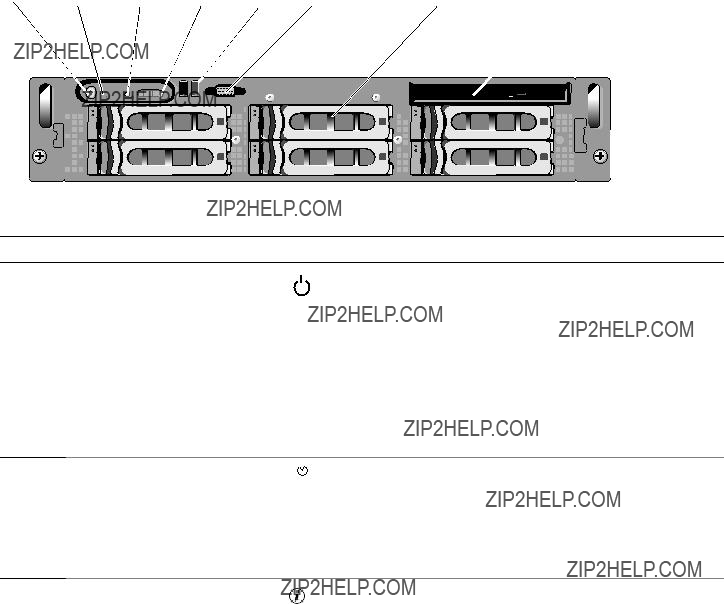
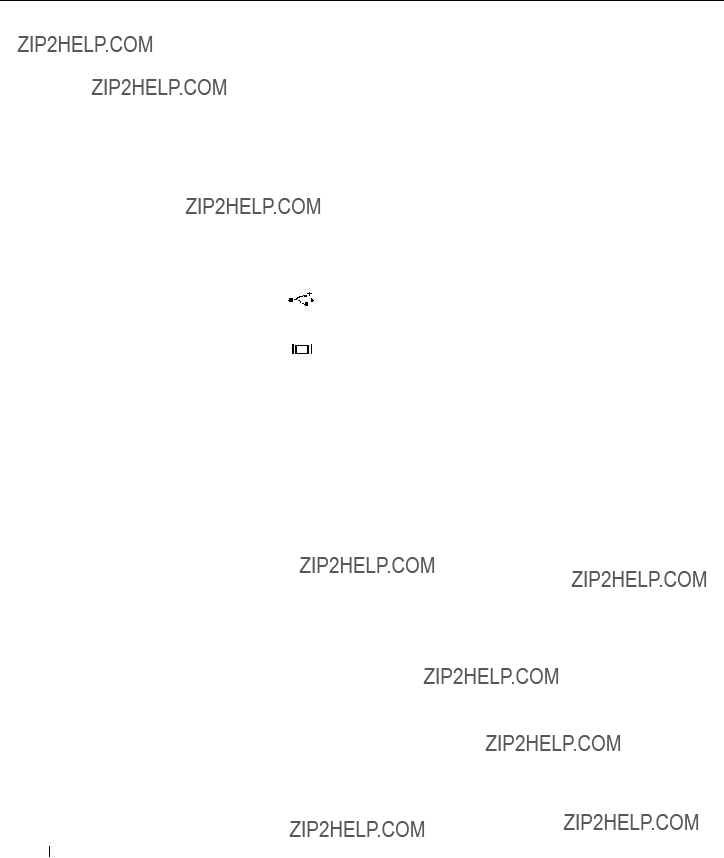
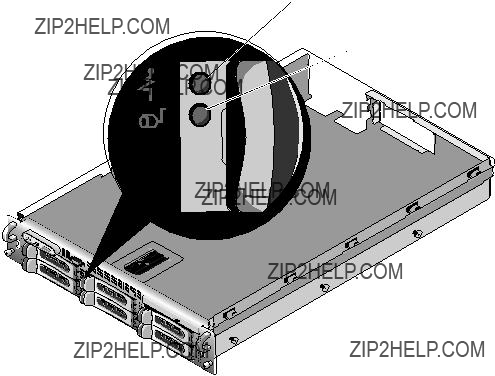
 1
1 2
2
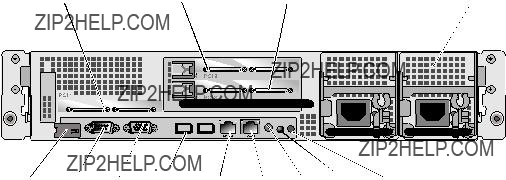

 1
1 2
2 3
3

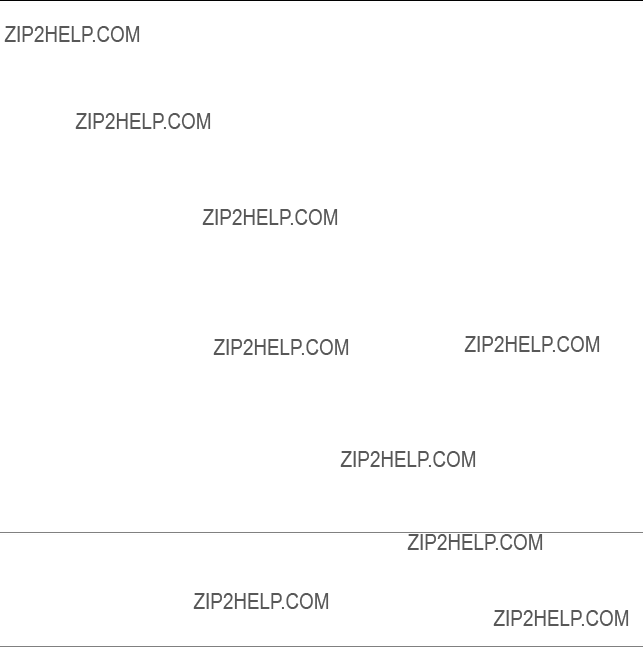


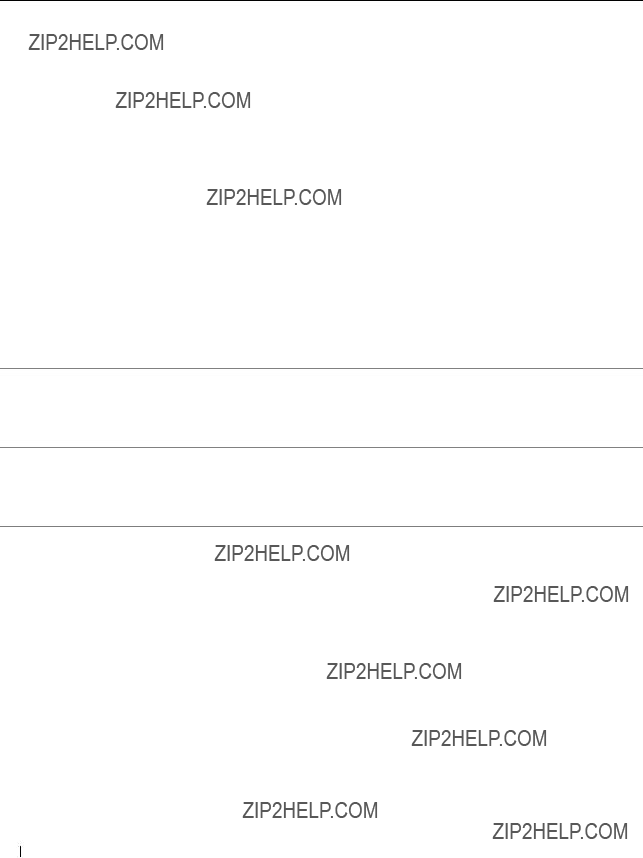






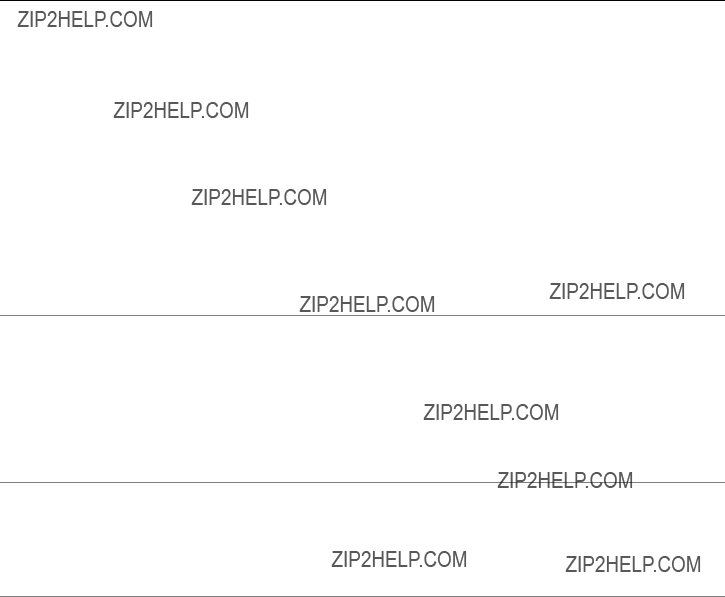


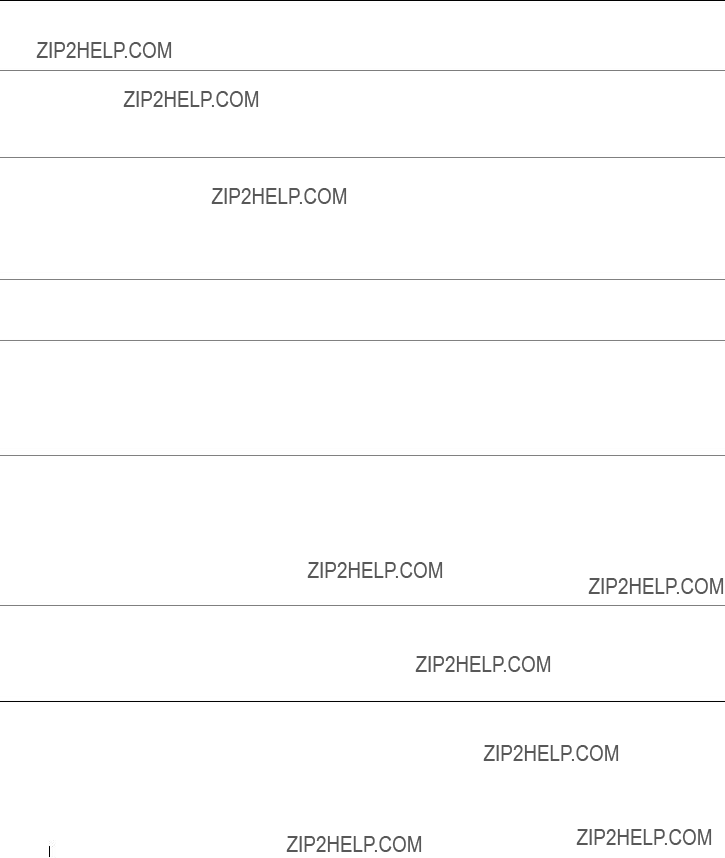







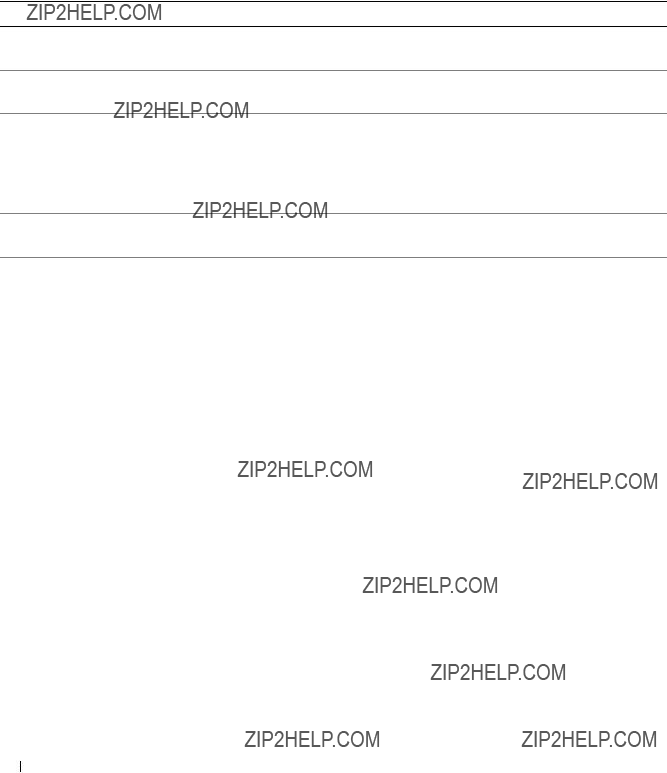










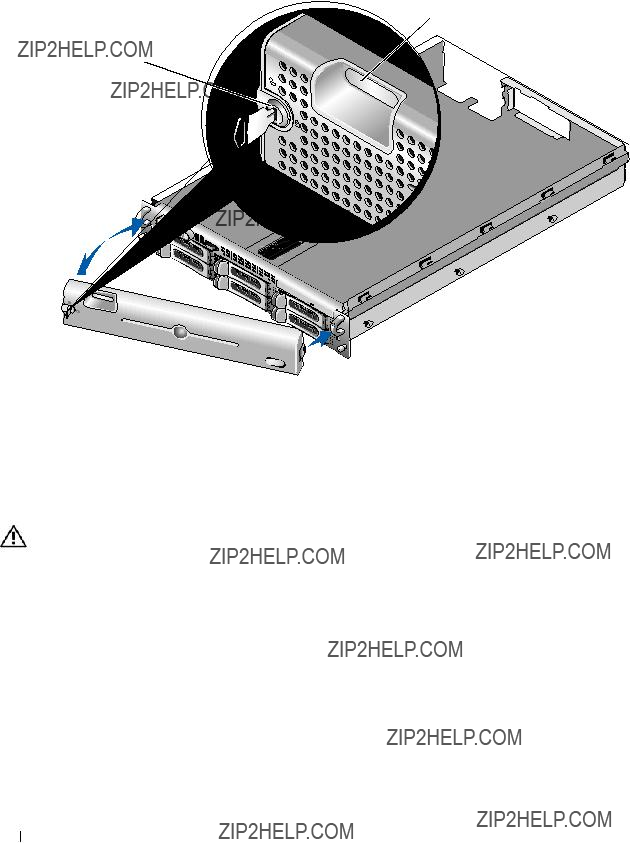





 2
2 3
3



 2
2 3
3

 3
3

 4
4

 1
1 2
2 3
3
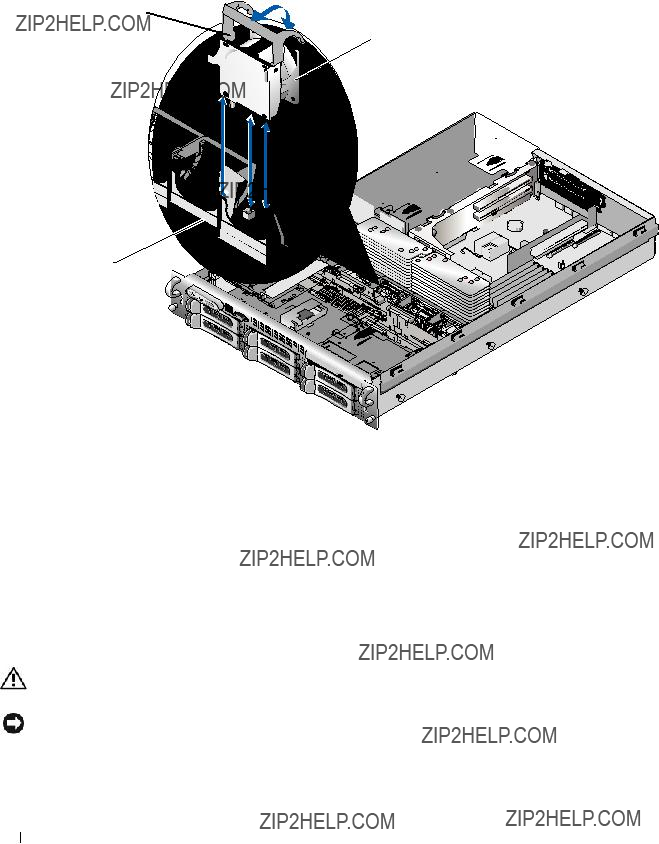
 3
3

 4
4



 4
4 5
5


 4
4
 5
5

 2 1
2 1 



 3
3 4
4



 4
4






 1
1 2
2 3
3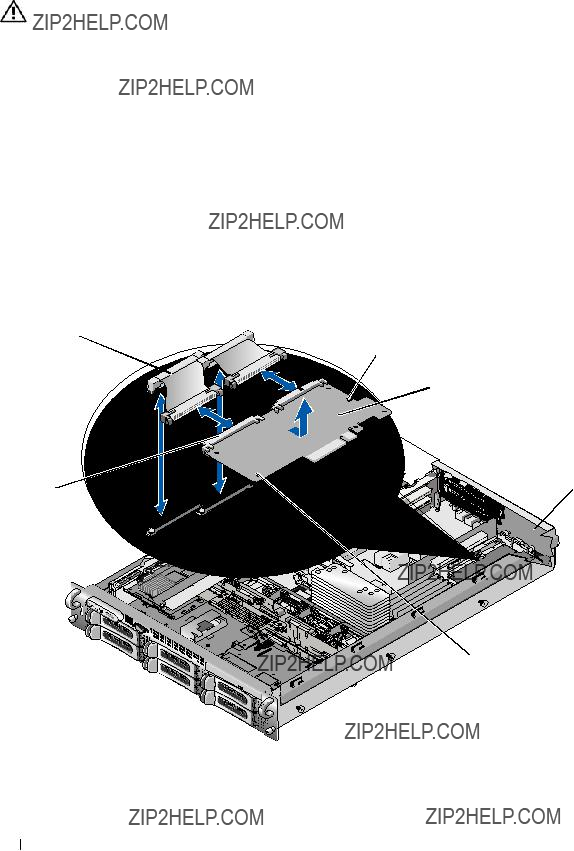

 3
3 4
4 6
6

 1
1
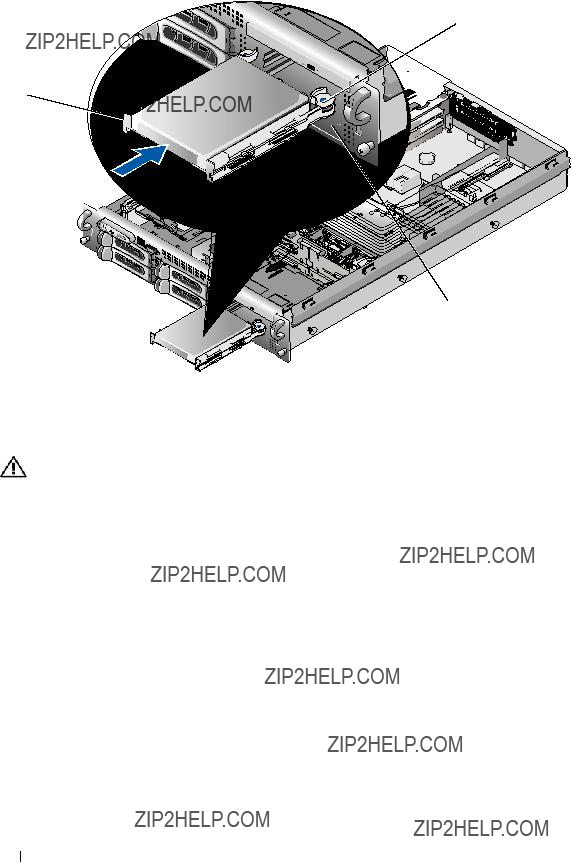

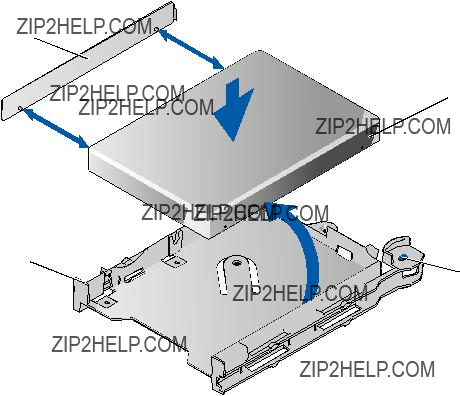

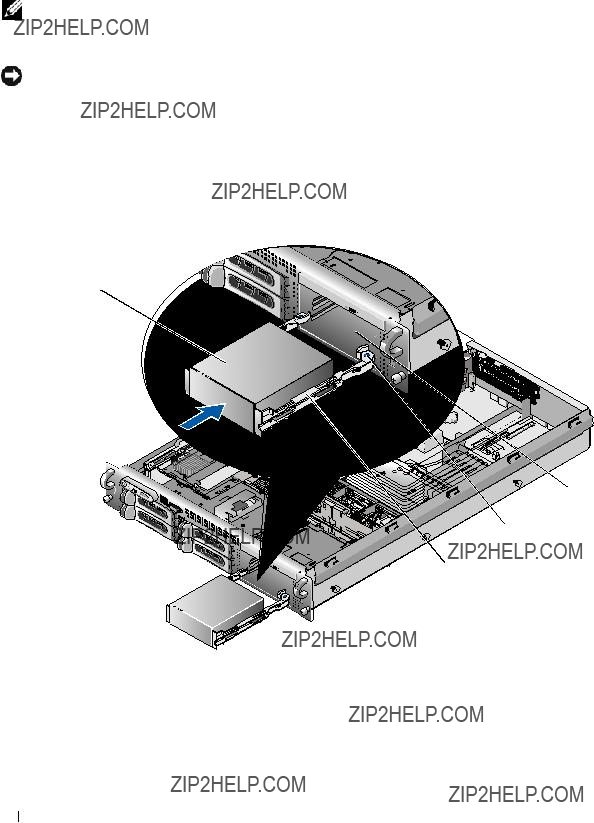

 3
3

 4
4
 5
5

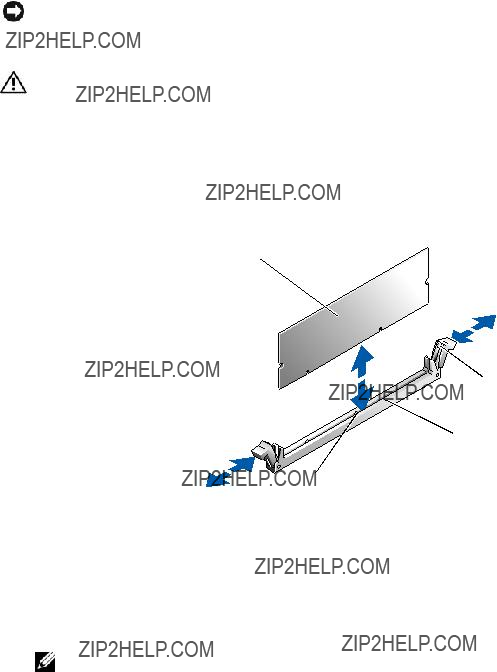






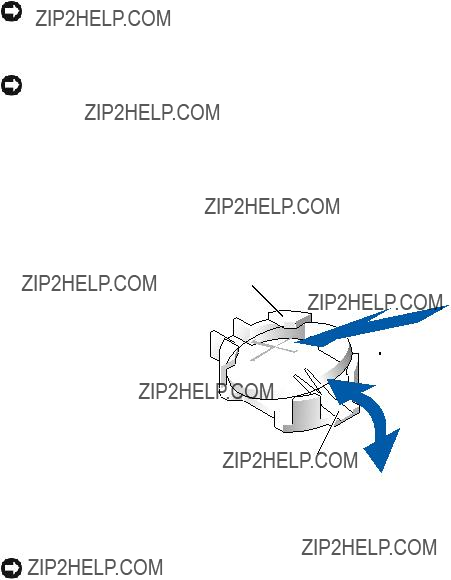
 2
2


 5
5





 4
4 5
5
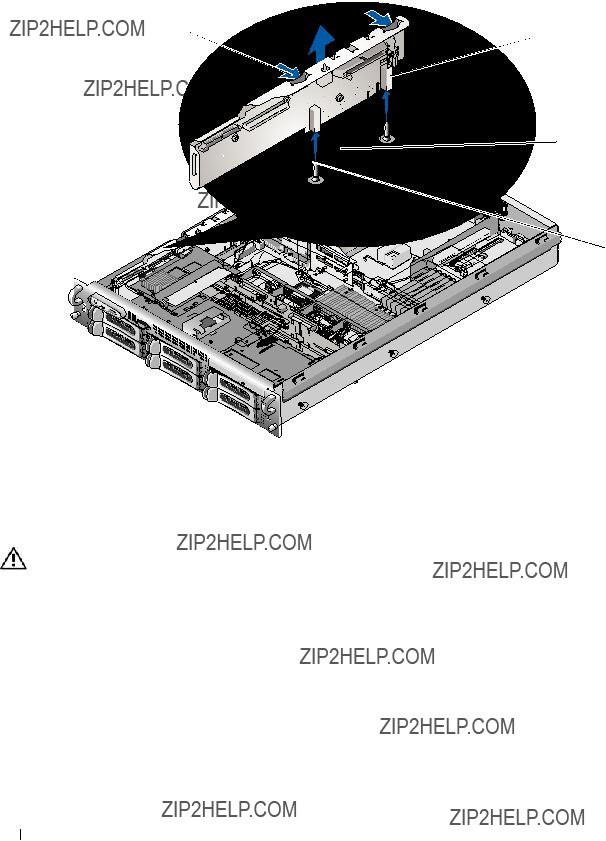
 3
3 4
4
 5
5
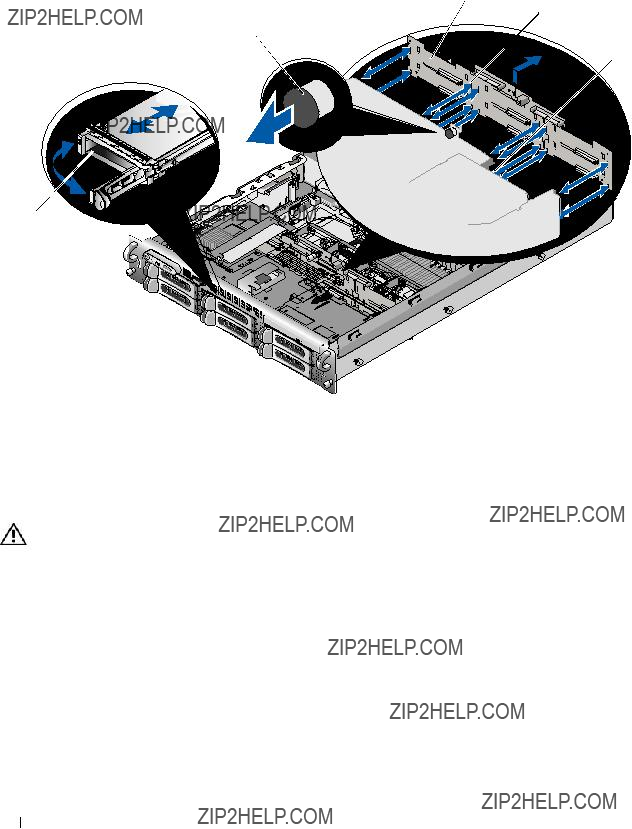



 6
6

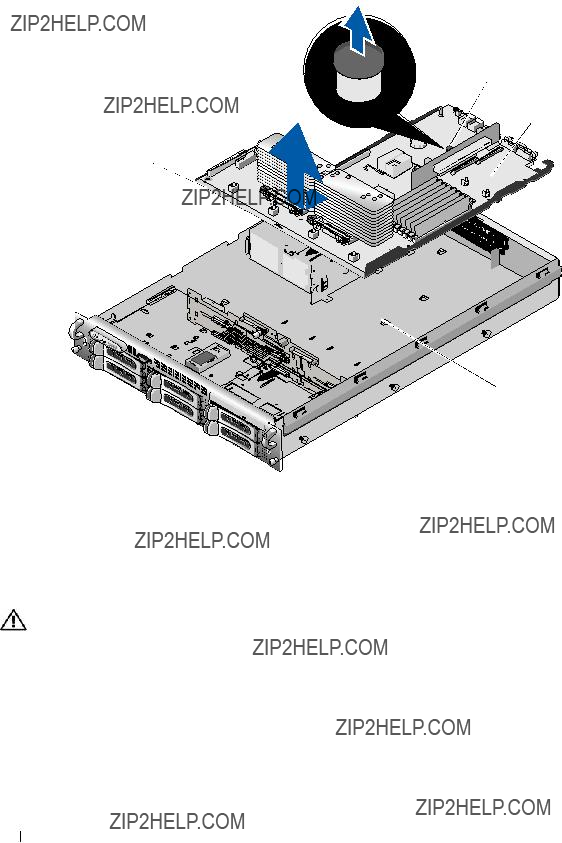
 4
4
























 5
5 6
6 7
7 12
12 13
13

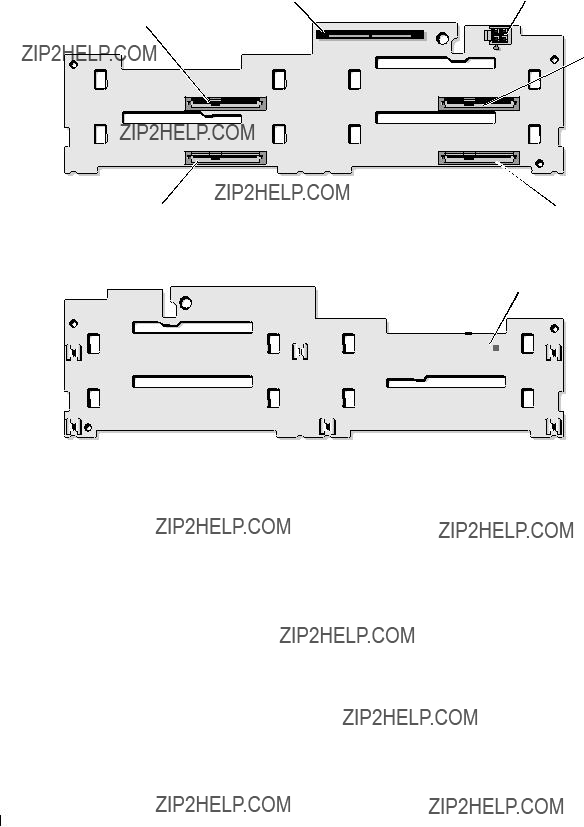
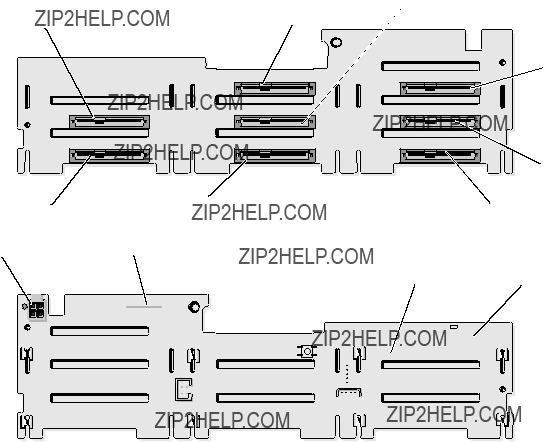

 5
5
 3
3


































